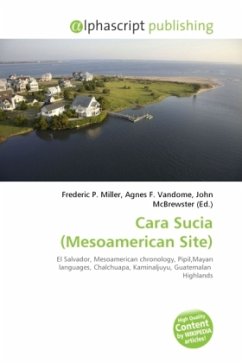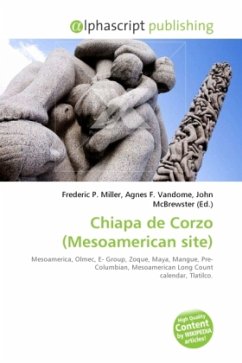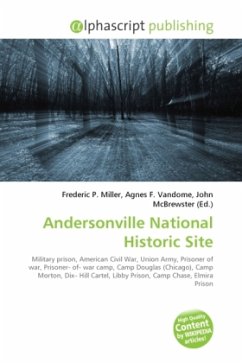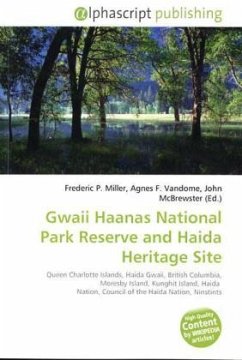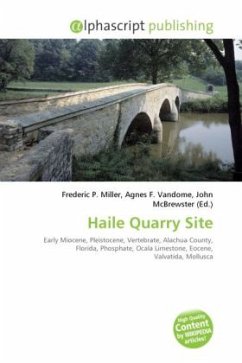High Quality Content by WIKIPEDIA articles! Cara Sucia is a Mesoamerican archaeological site in western El Salvador. The site was first settled in the Preclassic period and was finally abandoned around AD 900, in the Terminal Classic, when the Pipil people moved into the region, although there is no evidence of Pipil occupation at the site. It is thought that during the Early Preclassic (1200 500 BC), the site was occupied by people who spoke a forerunner of the Mayan languages, and during the Late Preclassic period the site has evidence of contact with Chalchuapa and with Kaminaljuyu in the Guatemalan Highlands.The site is one of the most important archaeological sites in western El Salvador, but has not been restored. It consists of a number of grass-covered mounds, some of which are very large. Archaeologist Paul Amaroli has carried out investigations at the site. Stylistic similarities of the architecture, ceramics and sculpture of the site indicate a link with the Cotzumalhuapa culture in Pacific Guatemala. Cara Sucia is the southeasternmost regional centre associated with this culture.
Bitte wählen Sie Ihr Anliegen aus.
Rechnungen
Retourenschein anfordern
Bestellstatus
Storno

